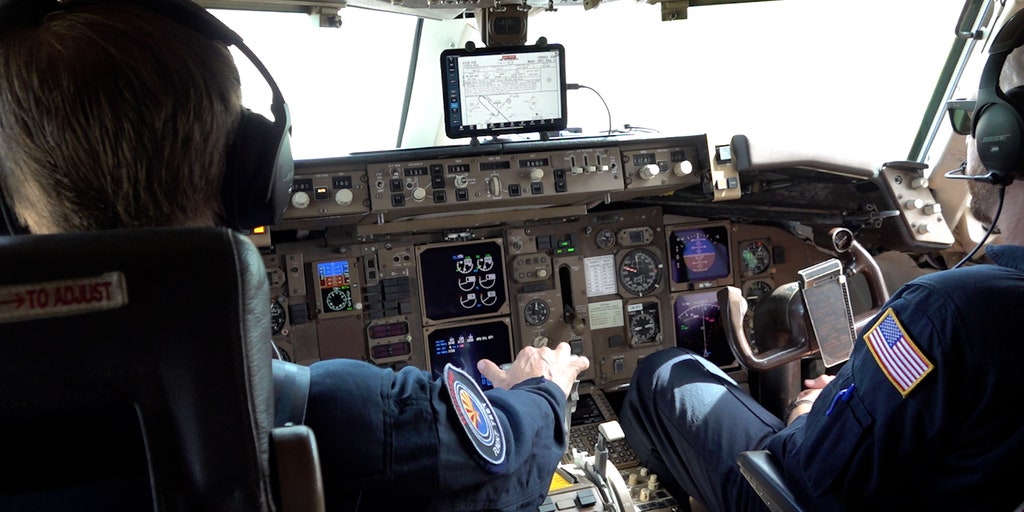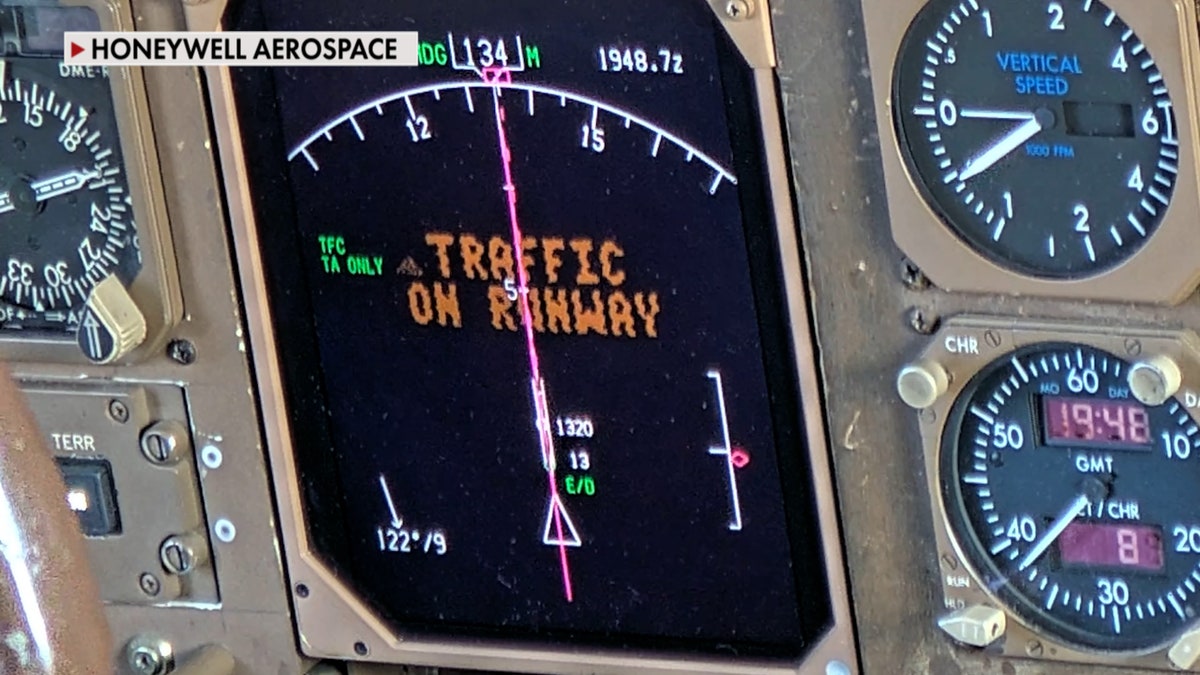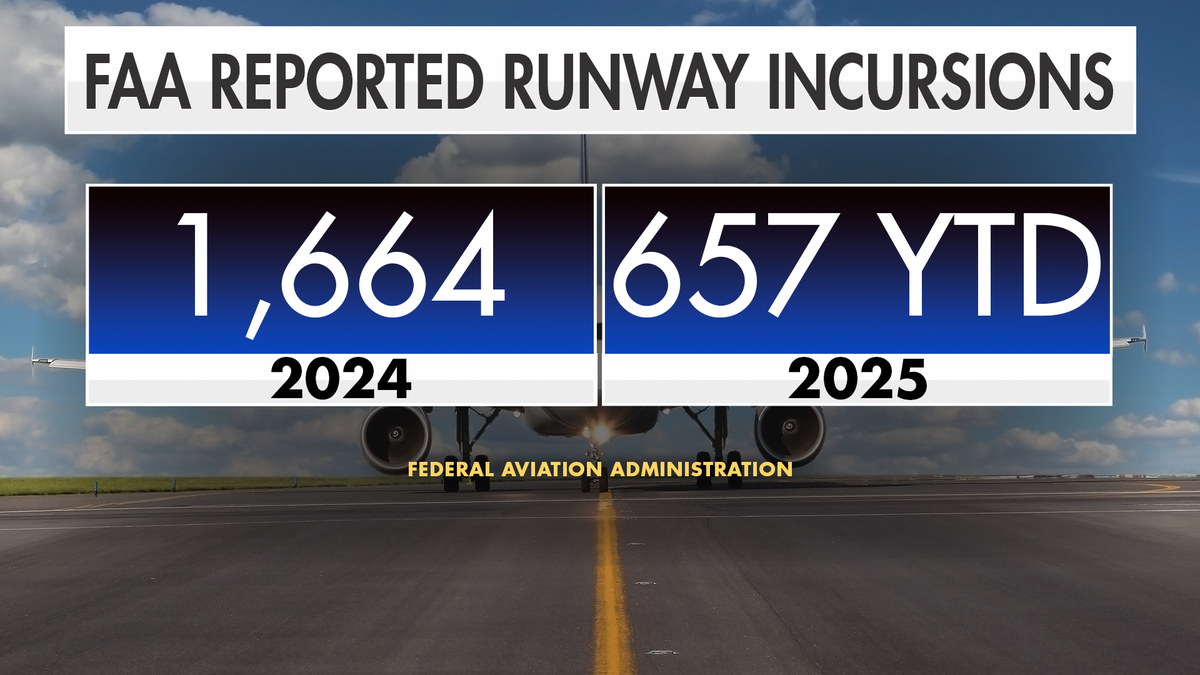Pilots test Honeywell cockpit alert to detect runway collision threats
SURF-A system gives two aural warnings — 30 and 15 seconds before a potential ground collision — as engineers complete final testing in Kansas City
Honeywell Aerospace engineers are in the final testing phase of a cockpit alert system that aims to warn pilots of potential collisions on runways by detecting unauthorized aircraft entering the path of a departing or arriving plane.
The Surface Alert System, known as SURF-A, provides pilots with two aural alerts when another aircraft is on a collision course with an aircraft that has been cleared for takeoff or landing. The first automated call comes 30 seconds before a projected collision, and a second warning follows 15 seconds before the projected impact. The aural message includes an automated voice that says, "traffic on runway." Honeywell test pilot Doug Rybczynski said the system's warning intervals represent a meaningful safety margin at aircraft speeds.

"It sounds like such a small amount of time, but things happen so rapidly, and 15 to 30 seconds is actually a very, very large margin when you're moving at the speeds that we're moving in an aircraft like this," Rybczynski said during demonstrations in Kansas City, Mo., where engineers have staged the final evaluation flights.
Honeywell described SURF-A as a first-of-its-kind cockpit alert focused on ground-level conflicts. The system is designed to augment pilots' situational awareness during the most vulnerable phases of flight: takeoff and landing. According to the company, SURF-A detects when a rogue or unauthorized aircraft enters the runway in a trajectory that would intersect with an aircraft cleared to use that runway and issues the two-step aural alert to the flight crew.
Developers emphasized the alerts are direct and unambiguous to prompt immediate crew attention and response. The audio format — a plainspoken voice announcing "traffic on runway" — was chosen to reduce ambiguity and ensure crews immediately recognize the nature of the threat without needing to interpret tones or complex displays.

Honeywell has not disclosed a firm timeline for certification or broader deployment. The company said the tests in Kansas City represent the final phase of in-flight evaluations before seeking regulatory approvals and potential integration with airline fleets and avionics suites. Industry observers said the system could complement existing airport surveillance and air-traffic-control procedures by providing an independent, cockpit-level layer of warning to flight crews.
Runway incursions — incidents in which unauthorized aircraft, vehicles or people enter a runway — have long been a safety focus for regulators and operators. Authorities track and classify incursions to identify risk trends and implement mitigation measures. Honeywell included a graphic in public materials showing Federal Aviation Administration data on reported runway incursions to contextualize the risk its system aims to address.

The company said SURF-A is intended to work within the operational environment of commercial flight decks and to avoid adding distracting or confusing alerts that could themselves create a safety issue. During demonstrations, pilots reported that a clear, concise audio call-out helped focus attention and speed crew coordination in response to a detected incursion.
Safety advocates and airline crews have long sought additional mitigations for runway incursions, which can arise from aircraft navigation errors, miscommunications with air traffic control, congested airport ramps and signage or lighting confusion. Regulators and airport operators have implemented runway design changes, ground radar and improved signage, and procedures to reduce runway conflicts. Honeywell said SURF-A would operate as an additional, cockpit-based tool to alert crews when ground conflicts develop.
The development comes as manufacturers and regulators continue to explore ways to reduce runway risk using avionics, sensors and improved data-sharing between aircraft and ground infrastructure. Systems already in widespread use address airborne traffic conflicts and collision avoidance at higher altitudes; SURF-A is among recent efforts to direct similar precision and immediacy to ground operations.
Honeywell did not provide estimates for cost, retrofit complexity or how SURF-A would integrate with existing traffic-alert systems aboard commercial airliners. The company also did not specify whether the system will rely on onboard sensors alone or whether it will require data links to airport surface surveillance systems or other external inputs. Those questions typically are part of certification and airline evaluation processes that follow flight testing.
Pilots involved in the testing said the aural warnings were effective at prompting attention during high-workload phases of flight. Crew responses to runway incursion warnings would continue to be governed by airline standard operating procedures and air-traffic-control instructions, both of which remain primary authorities for takeoff and landing clearances.
As Honeywell moves toward regulatory review, the system's future will depend on certification outcomes, airline adoption decisions and potential requirements from regulators. If certified and widely adopted, SURF-A could add a cockpit-based safety layer intended to reduce the likelihood of runway collisions by calling crew attention to imminent ground conflicts with a clearly articulated auditory cue.
Honeywell framed the testing as a step toward providing crews with more time to detect and react to ground threats. In the final testing environment in Kansas City, engineers and pilots evaluated the timing, clarity and operational integration of the system's two-tiered warnings as they simulated incursions during takeoff and landing sequences.
Officials involved in the program said they will present results to regulators as they seek the approvals necessary for fleet installation. Meanwhile, airport operators, air traffic authorities and airlines will continue to track the technology's progress as one component among multiple strategies aimed at reducing runway incidents and improving surface safety.